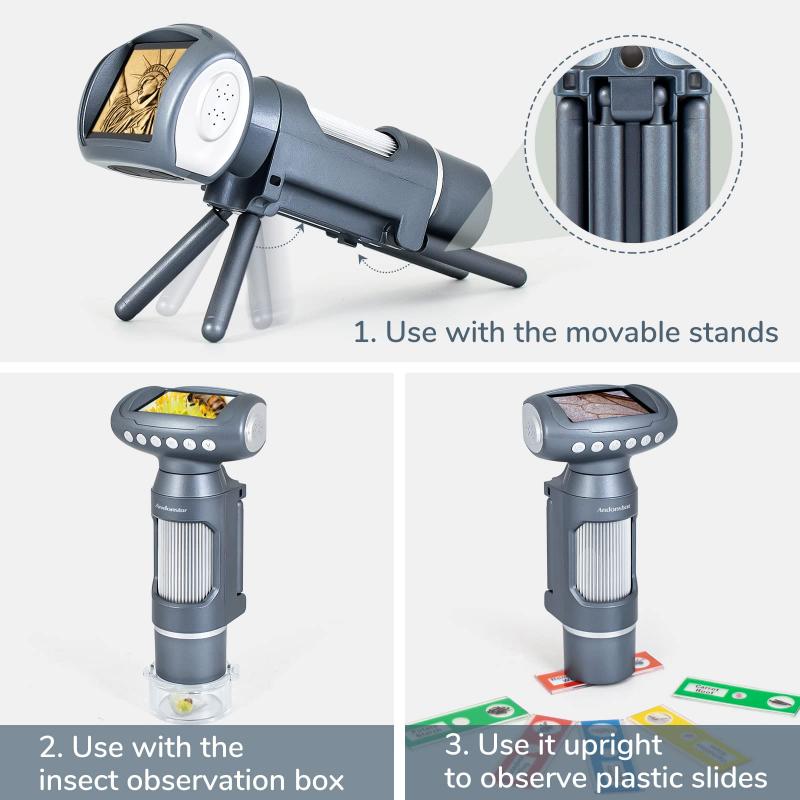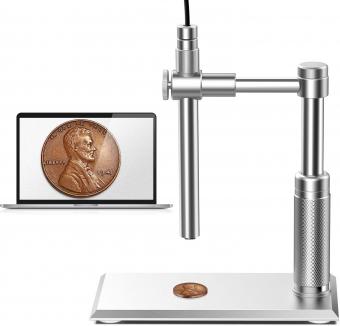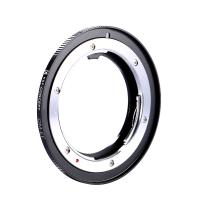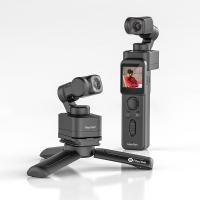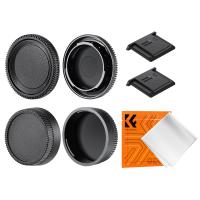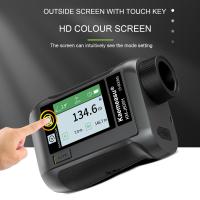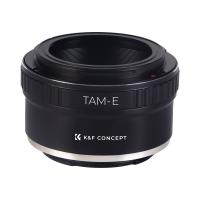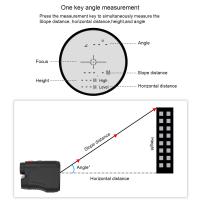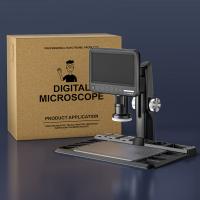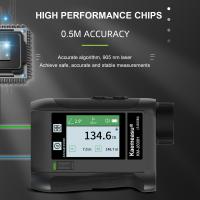What Strength Microscope To See Sperm ?
A microscope with a magnification of at least 400x is required to see sperm. This is because sperm are very small, measuring only about 50 micrometers in length. A microscope with a lower magnification would not be able to resolve the individual sperm cells. Additionally, a microscope with a high-quality lens and good resolution is necessary to clearly see the details of the sperm, such as the head, midpiece, and tail. It is also important to use proper staining techniques to enhance the contrast and visibility of the sperm cells. Overall, a microscope with a magnification of at least 400x and good resolution is necessary to accurately observe and analyze sperm cells.
1、 Microscope magnification requirements for viewing sperm
The strength of microscope required to view sperm is typically between 400x to 1000x magnification. However, the exact magnification required may vary depending on the quality of the microscope and the specific application.
Sperm cells are very small, measuring only about 50 micrometers in length. This means that they require a high level of magnification to be visible under a microscope. A microscope with a magnification of 400x is typically sufficient to view sperm, but a higher magnification of 1000x may be necessary to see the finer details of the cells.
It is important to note that the quality of the microscope is also a crucial factor in viewing sperm. A high-quality microscope with good optics and lighting will provide a clearer and more detailed image of the cells. Additionally, the use of staining techniques can enhance the visibility of sperm cells under a microscope.
In recent years, there has been a growing interest in using digital microscopes and imaging techniques to view and analyze sperm cells. These technologies offer the ability to capture high-resolution images and videos of sperm, which can be used for research and clinical applications.
Overall, the strength of microscope required to view sperm will depend on the specific application and the quality of the microscope being used. However, a magnification of 400x to 1000x is typically sufficient for most purposes.

2、 Optimal lighting conditions for observing sperm
"What strength microscope to see sperm" is a common question asked by individuals interested in observing sperm. The answer to this question depends on the type of microscope being used. A compound microscope with a magnification of at least 400x is typically required to observe sperm. However, some researchers may use electron microscopes with much higher magnification to study the ultrastructure of sperm.
In addition to the strength of the microscope, optimal lighting conditions are also important for observing sperm. Brightfield illumination, which involves illuminating the sample from below, is commonly used to observe sperm. However, darkfield illumination, which involves illuminating the sample from the side, can also be used to enhance the contrast of the sperm.
It is worth noting that the use of microscopes to observe sperm has been a valuable tool in reproductive biology research. However, recent advancements in imaging technologies have allowed for the development of new techniques that can provide more detailed information about sperm. For example, high-speed imaging can be used to study the movement of sperm in real-time, while fluorescence microscopy can be used to visualize specific structures within the sperm.
In conclusion, a compound microscope with a magnification of at least 400x is typically required to observe sperm, and optimal lighting conditions are important for enhancing the contrast of the sample. While microscopes have been a valuable tool in sperm research, recent advancements in imaging technologies have allowed for the development of new techniques that can provide more detailed information about sperm.
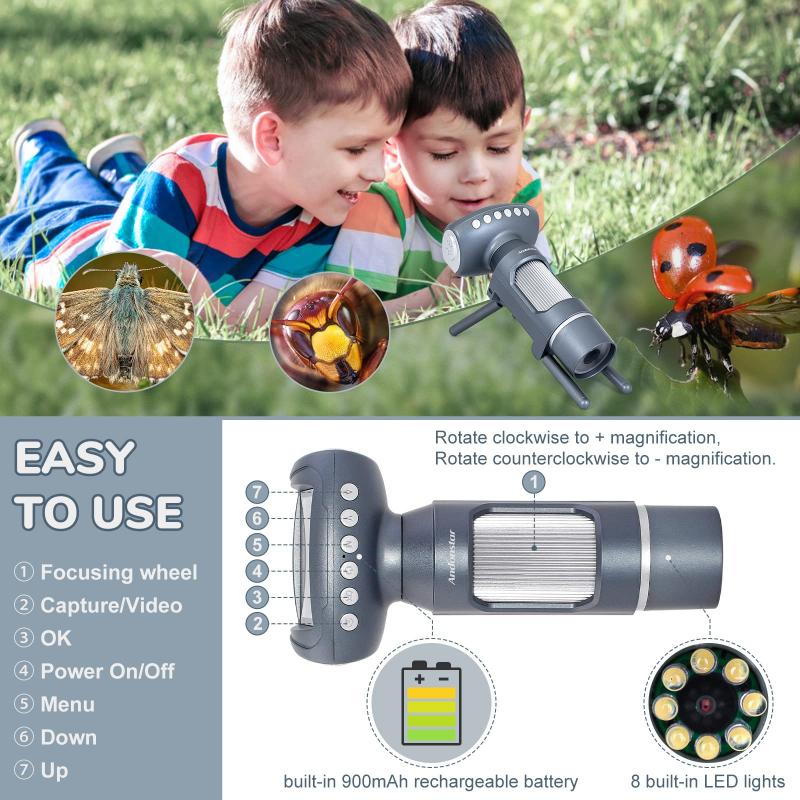
3、 Preparing a sample for sperm observation
Preparing a sample for sperm observation requires a few steps to ensure accurate results. The first step is to collect a semen sample, which can be done through masturbation or using a special condom during intercourse. The sample should be collected in a sterile container and kept at body temperature until it can be examined.
Once the sample is collected, it needs to be liquefied, which can take up to 30 minutes. After liquefaction, a small amount of the sample is placed on a microscope slide and covered with a coverslip. The slide is then examined under a microscope.
To see sperm, a microscope with a magnification of at least 400x is needed. However, some experts recommend using a microscope with a magnification of 1000x to accurately observe the morphology and motility of the sperm.
It's important to note that the quality of the microscope and the experience of the observer can also affect the accuracy of the results. Therefore, it's recommended to have the sample examined by a trained professional in a laboratory setting.
In recent years, there has been an increase in the use of computer-assisted sperm analysis (CASA) systems, which use advanced technology to analyze sperm characteristics. These systems can provide more accurate and objective results compared to manual observation under a microscope. However, CASA systems are still relatively expensive and not widely available in all settings.
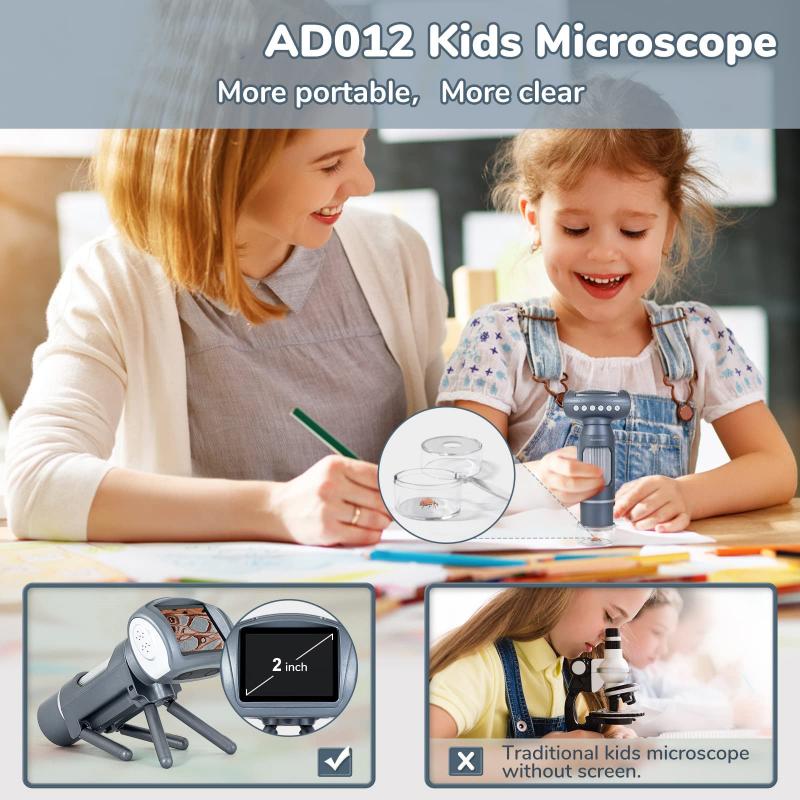
4、 Factors affecting sperm motility and visibility
What strength microscope to see sperm?
To see sperm, a microscope with a magnification of at least 400x is required. However, the quality of the microscope and the staining technique used can also affect the visibility of sperm. Factors affecting sperm motility and visibility include temperature, pH, and the presence of certain chemicals or substances.
Sperm motility is affected by temperature, with optimal motility occurring at body temperature (37°C). pH also plays a role, with a slightly alkaline environment being optimal for sperm survival and motility. Exposure to certain chemicals or substances, such as tobacco smoke, alcohol, and certain medications, can also affect sperm motility and viability.
Recent research has also suggested that environmental factors, such as air pollution and exposure to endocrine-disrupting chemicals, may have negative effects on sperm quality and motility. Additionally, lifestyle factors such as diet and exercise may also play a role in sperm health.
In conclusion, a microscope with a magnification of at least 400x is required to see sperm. However, factors such as temperature, pH, exposure to chemicals, and lifestyle factors can all affect sperm motility and visibility. It is important to consider these factors when assessing sperm quality and fertility.
